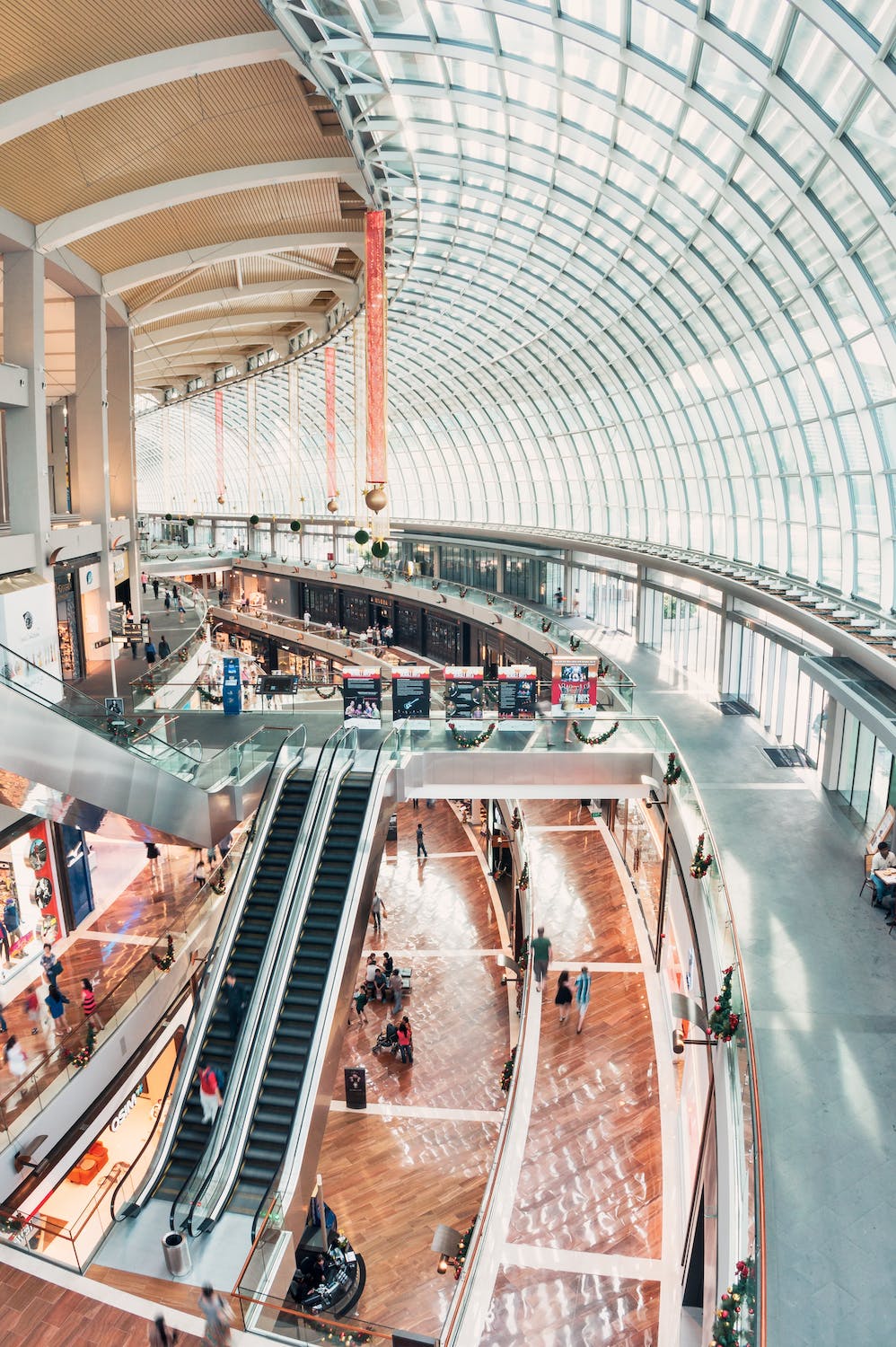Shh, don’t tell: The rise of online shopping, e-commerce, and social media has had a profound impact on brick and mortar retail. With more and more buyers opting to shop online, the future of shopping malls and strip malls has naturally become a topic of debate. While some experts predict the demise of commercial retail (hint: we wouldn’t bet on it ourselves), others see a world of tomorrow where large retailers instead adapt and evolve to remain relevant.
Of course, there are some hurdles to be overcome. Case in point: Online shopping has become more convenient and accessible, and consumers are increasingly turning to online retailers like Amazon for their shopping needs. This shift in audience behavior has led to a decline in foot traffic at traditional malls and strip malls.
To remain relevant, these destinations are changing tack. One strategy is to focus on providing a more immersive shopping experience. Malls and strip malls can leverage technology to create a more engaging experience for shoppers, such as virtual reality and augmented reality. Using new technologies and innovations, they can differentiate themselves from online retailers and draw in more foot traffic.
Some properties are also responding by looking for clever and inventive ways to diversify their offerings. Rather than relying solely on retail stores, malls and strip malls can incorporate other types of businesses, such as entertainment venues, restaurants, and fitness centers. By offering a wider range of activities and experiences, providers can attract a broader audience and encourage people to spend more time at the mall.
Furthermore, the incorporation of technology and data analysis can enhance the shopping experience for customers, such as providing personalized recommendations based on past purchases, sending targeted promotions, and streamlining the checkout process. This not only improves the shopping experience but also allows retailers to gather valuable data and insights into consumer behavior, which can inform future business decisions.
And of course omnichannel retail is a hot topic as of late too. This refers to the integration of online and offline channels, where customers can seamlessly move between online and physical retail spaces. By offering a seamless omnichannel experience, retailers can provide convenience and flexibility for customers such as the ability to purchase online and pick up in-store or return items in-store that were purchased online.
Moreover, the rise of sustainable and ethical consumerism is also influencing the future of malls and strip malls. Consumers are becoming more conscious of the environmental and social impact of their purchases, and are seeking out retailers that align with their values. Properties can incorporate sustainable and ethical retailers, and also adopt eco-friendly practices, such as using renewable energy sources, reducing waste, and promoting recycling.

